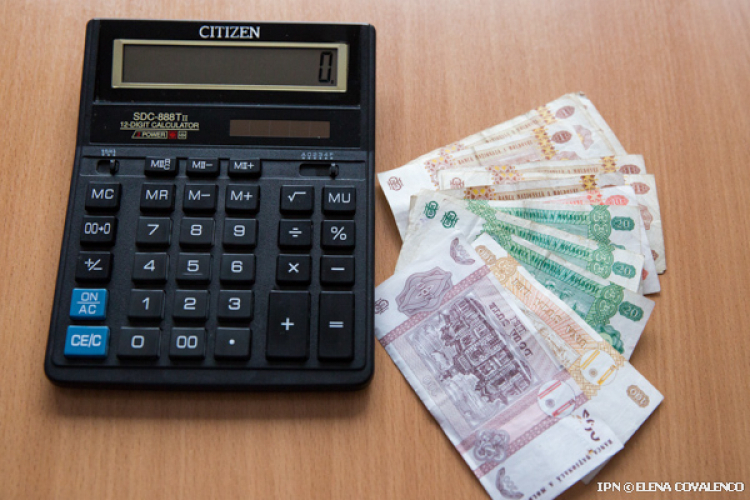
The disposable income of the population increased by 7.5% in 2024 compared to the previous year, reaching on average 5300 lei per person per month. This increase was reflected in households' lifestyles, but consumer spending continued to be an important factor, the National Bureau of Statistics said, cited by IPN.
According to the NBS, the bulk of household income came from wages, which accounted for 55.8% of total income. Social benefits continued to play an important role, accounting for 20.9% of total income, while income from self-employment, both agricultural and non-agricultural, contributed 10.1%.
In addition, remittances from abroad remained a significant source of income for many families, although they decreased by 0.9 percentage points from 2023.
Average spending increased by 3.7% compared to 2023, reaching 4400 lei per month per person.
Household consumption expenditure was consistently influenced by food and utility prices. Spending on food accounted for 39.9% of total expenditure, while spending on housing, water, electricity and gas accounted for 17.2%. There were also increases in spending on transportation and clothing, with a general trend of consumption adjusting to rising living costs.
Household size has a significant impact on average income and expenditure. One-person households had incomes around 1.8 times higher than those with five or more members.
At the same time, average monthly expenditure per person is lower for larger households. These differences underline the fact that household income and expenditure are not uniform and that household size plays an important role in how financial resources are distributed.
Urban-rural differences were visible in income and expenditure. In urban areas incomes were higher than in rural areas, with a difference of more than 2500 lei per month per person. This was also reflected in expenditures, which averaged 5600 lei per month in urban areas, compared to about 2900 lei in rural areas. Also, in rural areas, spending on housing and utilities was higher than in cities.
Overall, the data show a continuous increase in the income and expenditure of the population, with a clear differentiation between urban and rural areas, as well as by household size.

